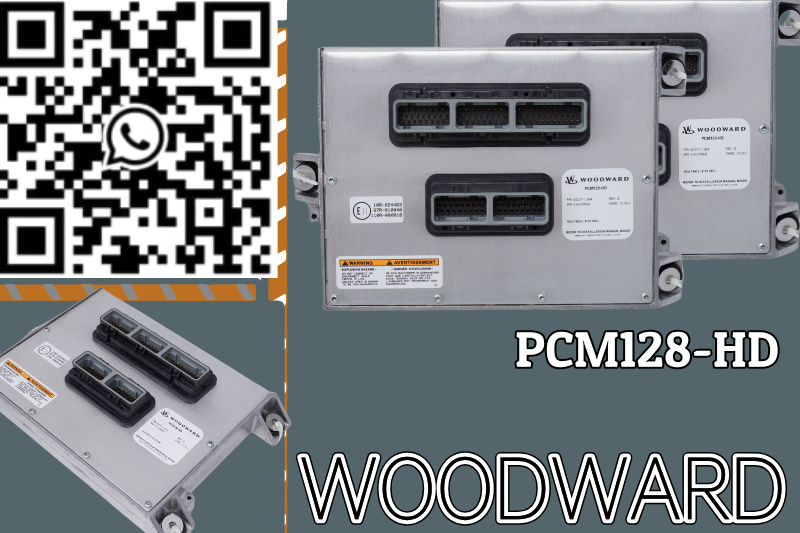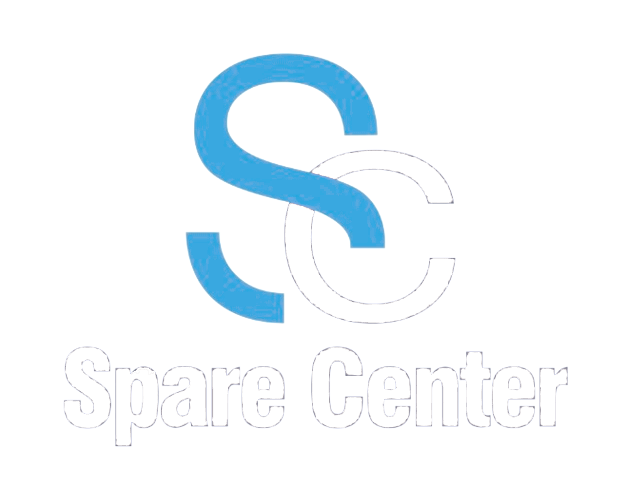Introduction In the complex ecosystem of modern industry, precise and reliable control systems are crucial for ensuring efficient equipment operation, smooth production processes, and operational safety. As the waves of Industry 4.0 and intelligent manufacturing sweep across the globe, the demand for high-performance, high-reliability controllers has become more urgent than ever. WOODWARD, a globally renowned provider of control system solutions, has leveraged its exceptional technical prowess to launch the industry-leading WOODWARD PCM128-HD (hereafter referred to as PCM128-HD). This high-performance controller not only inherits WOODWARD's consistent commitment to rigorous quality but also achieves significant breakthroughs in processing power, modular design, and system integration. It is steadily becoming a central force driving future industrial control systems.
PCM128-HD: The Ultimate Fusion of Performance and Reliability The core competitiveness of the PCM128-HD lies in its outstanding performance and unparalleled reliability. In harsh industrial environments, even minor malfunctions can lead to significant economic losses or even safety incidents. The PCM128-HD addresses these challenges with comprehensive optimization, ensuring stable operation under demanding conditions, thus reinforcing its reliability. powerful processing capability is a distinguishing feature of the PCM128-HD. It's truly a high-performance machine, equipped with an advanced multi-core processor, capable of executing complex control algorithms and data processing tasks at extremely high speeds. This is vital for large rotating machinery such as gas turbines, steam turbines, and compressors, which demand real-time response and precise industrial control. Whether it's dynamic load changes, transient condition adjustments, or complex protection logic, the PCM128-HD handles them with ease, ensuring the system always operates at optimal levels. Its high-speed data acquisition and processing capabilities also provide a solid foundation for more refined fault diagnosis and predictive maintenance, thereby minimizing downtime and increasing equipment utilization, all contributing to its overall high performance.
| 
|
Interconnectivity: Building an Intelligent Industrial Control EcosystemIn the wave of digital transformation, industrial control systems are no longer isolated units but vital components of the entire intelligent industrial ecosystem. The PCM128-HD demonstrates exceptional capability in interconnectivity, allowing it to seamlessly integrate into modern industry's complex networks.
Rich communication interfaces are key to the PCM128-HD's seamless interconnectivity. It supports various industry-standard communication protocols, including Modbus TCP/IP, Ethernet/IP, and PROFINET. This enables the PCM128-HD to easily exchange data with supervisory control and data acquisition (SCADA/DCS) systems, human-machine interfaces (HMI), enterprise resource planning (ERP) systems, and other field devices, underscoring its broad interconnectivity. Through these communication interfaces, operators can remotely monitor equipment status, modify control parameters, receive alarm information, and optimize production processes in real time. This seamless data flow, facilitated by its robust interconnectivity, provides a solid foundation for achieving transparent and intelligent management of production processes.
The PCM128-HD also achieves deep integration with other WOODWARD products and solutions. For example, it can perfectly cooperate with WOODWARD's fuel control valves, actuators, and other mechanical components to form an end-to-end integrated industrial control solution. This vertical integration's advantage is that it ensures high synergy between the controller and the actuators, optimizing the entire system's performance and reliability. Simultaneously, WOODWARD's global technical support and after-sales service, combined with the product's inherent reliability, provide users with comprehensive assurance, offering professional assistance in system design, installation and commissioning, and daily maintenance for their industrial control needs
Conclusion



